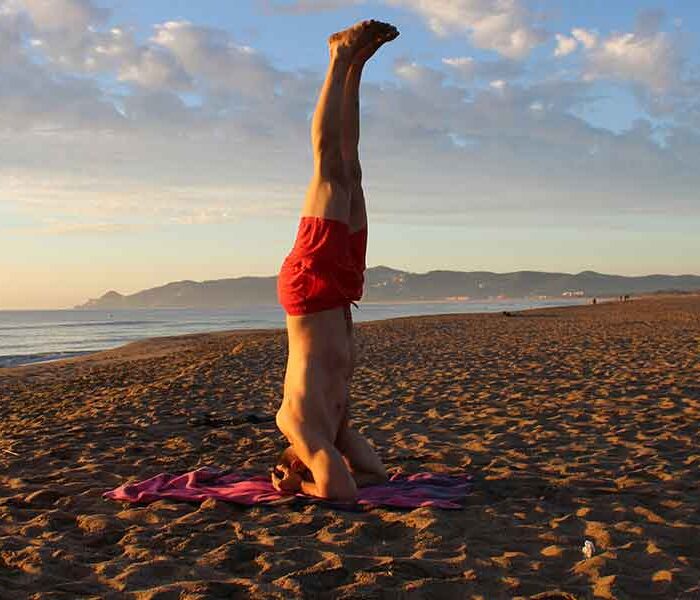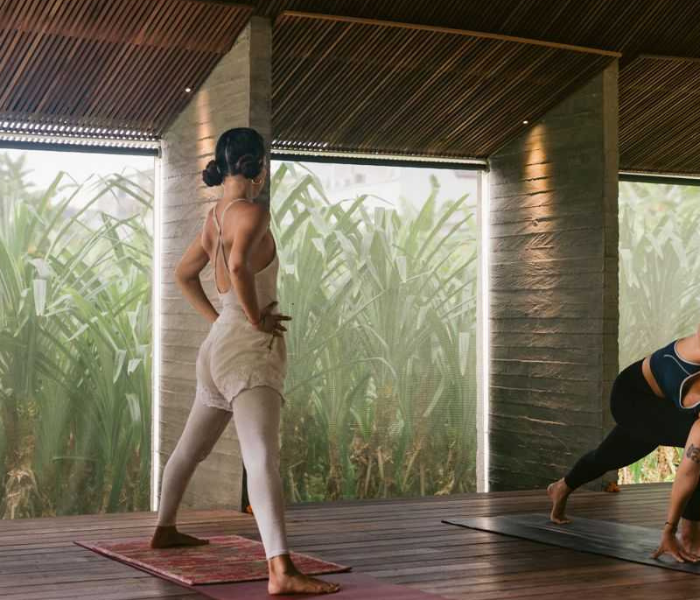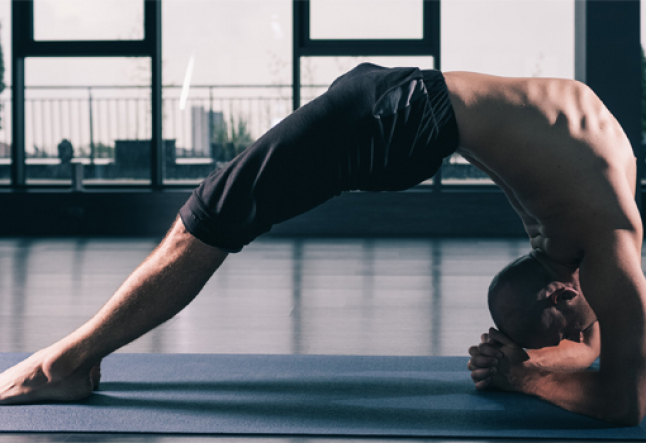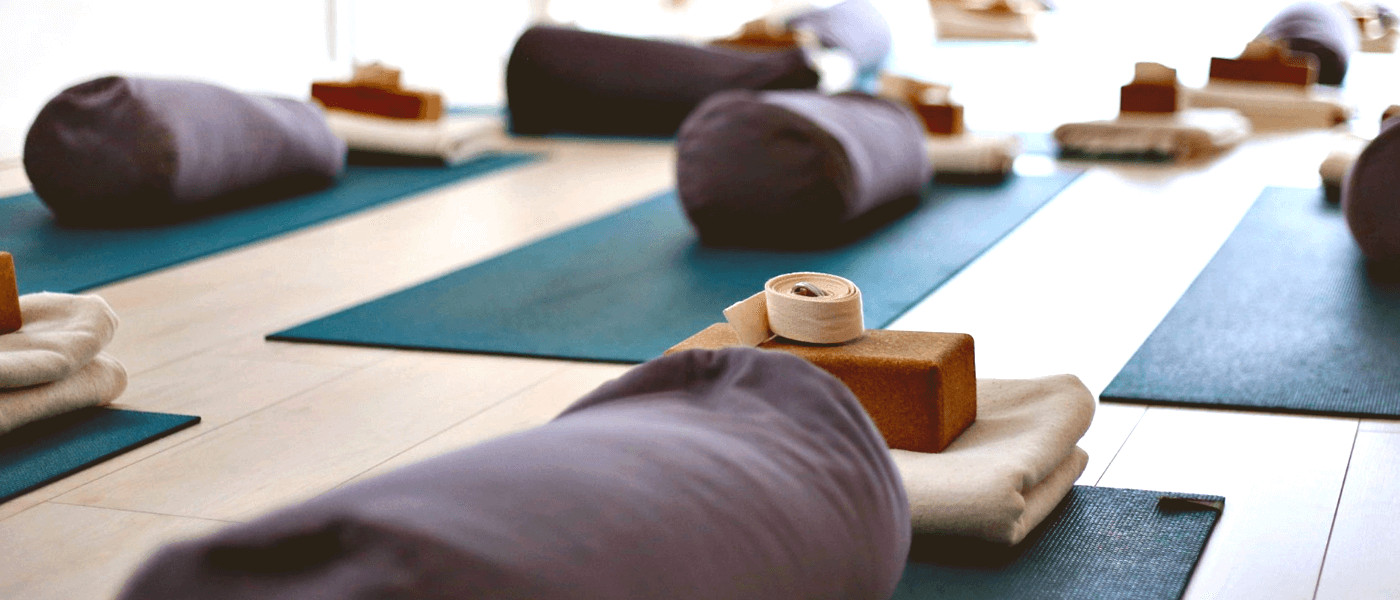Tips on a safe, sustainable practice: embracing the yoga grind
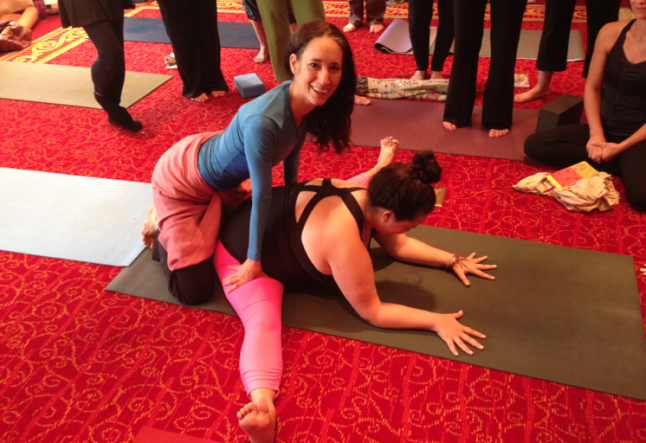
Tips a safe, sustainable practice for the yoga grind
You know that feeling when you step onto the mat, and it feels like everything’s just clicking? You’re in the zone, flowing through asanas with ease, maybe even listening to your favorite playlist, totally forgetting the world around you.
Then… something starts to shift. Your body feels tight, your energy drains, and you start thinking, “Is this the grind? Am I pushing too hard?”
I had this moment recently during a morning practice. I was deep into my usual routine—feeling strong, feeling accomplished. But then, as I moved into a familiar pose, a sudden pinch in my hip made me question my approach.
I’ve been practicing for years, and yet, I couldn’t help but wonder: am I caught in the “yoga grind”? You know, the balancing act of pushing yourself to do more, be more, feel more, but at what cost?
It’s a question many of us face, whether we’re seasoned practitioners or just starting out: How do we sustain a yoga practice that is both fulfilling and safe? How do we find the sweet spot between progress and overdoing it? Turns out, there’s no one-size-fits-all answer, but there are definitely ways to work with the grind rather than against it.
Understanding the “yoga grind” – is it good for you?
We all know the yoga grind—pushing your body past its limits, sometimes unknowingly. It’s that constant push to get deeper into poses, to keep up with the latest trends, or to achieve that elusive “perfect” form. But here’s the thing: yoga, at its core, isn’t about grinding.
It’s about balance, alignment, and listening to what your body is telling you. Yoga injuries have been making headlines lately, and many of them stem from repetitive movements and over-stretching, which is often associated with overzealous practice. If you’re concerned about injury prevention, explore the science behind yoga injuries and how to avoid them to gain more insights on protecting your body during your practice.
A New York Times article once mentioned an uptick in hip surgeries among women practicing yoga. One of the most common culprits? A condition called femoroacetabular impingement (FAI), caused by repetitive grinding of the hip socket.
It sounds intimidating, but it’s a great reminder that maintaining proper alignment in poses is crucial for long-term wellness.
But here’s the flip side—don’t let fear rule your practice. The goal isn’t to stop doing yoga; it’s to practice it smartly. If you’re looking for convenient ways to practice yoga at home, explore the best streaming platforms for yoga to find the perfect classes and instructors to suit your schedule and skill level.
Listen to your body—and make adjustments when needed
Now, if you’re anything like me, the thought of “not pushing” in yoga might feel counterintuitive. Yoga has a way of making you feel strong, but when we’re in a flow, it’s easy to forget that rest and recovery are just as important as the physical exertion.
But over time, our bodies get tired, and that’s when injuries sneak in. So, how can we stay safe while still challenging ourselves?
Modifications for Common Yoga Poses:
Let’s talk about a few modifications for poses that might cause you to feel like you’re grinding too hard. They’re not about doing “less” yoga—they’re about doing yoga smarter.
- Paschimottanasana (Seated Forward Bend): If you’re one of those who loves to flatten your body against your legs like a pancake (and I’m guilty of this too), take it easy. Try propping up your thighs with a rolled blanket. This takes the pressure off your hips and helps avoid unnecessary grinding.
- Uttanasana (Standing Forward Bend): This is another pose where flexibility can make us go deeper than we should. Instead of collapsing into the legs, try keeping a little space between your thighs. Focus on lengthening your spine rather than forcing your torso down. Trust me, your lower back will thank you.
- Low Lunge (Anjaneyasana): If you’re overstretching in this one, you might be jamming your hip joints. Use a block or blanket underneath the thigh to stop yourself from collapsing, and take it easy on the extra extension. After all, some days we’re not trying to reach Hanumanasana (Splits) just yet!
Hyper-Flexible Students Need Special Care
If you’re a teacher, this is especially important: hyper-flexible students need more attention during weight-bearing poses. As someone who’s often more flexible than my body really needs me to be, I can tell you—it’s all too easy to push beyond your range of motion.
The best teachers help guide students into a balanced, sustainable range that allows for long-term growth. So, if you’re in a class, don’t feel like you have to “keep up” with everyone else.
Avoiding the grind—and embracing a sustainable practice
When it comes to long-term practice, sustainable yoga isn’t about pushing yourself to the edge of your limits every time you step onto the mat. It’s about listening to your body, honoring your boundaries, and taking the time to rest when needed.
I’ve been there—feeling the grind, pushing through pain just to finish the class, but trust me, it’s not worth it. Sustainable yoga is about finding that sweet spot where you’re both challenged and nurtured.
It’s okay to take a step back, slow down, and allow yourself time to recover. After all, yoga is a lifelong practice. There’s no rush.
Tips for teachers: encouraging healthy-ish practice
As yoga teachers, we carry a responsibility to guide students through their practice with empathy and awareness. It’s not about leading a class through a series of perfect poses; it’s about fostering a safe environment where students can listen to their bodies and adjust accordingly. Here are a few ways you can help:
- Encourage Self-Awareness: Prompt your students to check in with themselves before, during, and after their practice. Simple phrases like, “How does that feel in your body?” can make all the difference.
- Offer Variations: Don’t let the need for “perfection” become the priority. Offer variations for different body types and abilities. Everyone’s practice is different.
- Celebrate the Journey: Let’s face it, yoga isn’t a destination, it’s a lifelong journey. Celebrate the progress, no matter how small, and encourage your students to see yoga as a tool for long-term health, not a short-term challenge.
If you’re a yoga teacher looking to deepen your practice or gain certification, consider exploring a 200, 300, or 500-hour yoga teacher training in Bali, where you’ll experience world-class instruction in a serene environment.
Conclusion: Embracing the grind—but on your terms
At the end of the day, yoga should leave you feeling lighter, not heavier. If you’re finding yourself in the yoga grind, it’s time to reassess and make adjustments.
Sustainable yoga is about balance—between effort and ease, pushing and resting. So the next time you step onto the mat, ask yourself: Is this my body’s edge today, or am I just grinding through it because I think I should?
If you’re interested in more tips on yoga for sustainable practice, check out this YouTube video on Yoga Modifications to learn more about how to modify your practice for long-term health.
Remember, yoga is a journey, not a race. Stay safe, stay mindful, and keep your practice grounded. You’ve got this!
